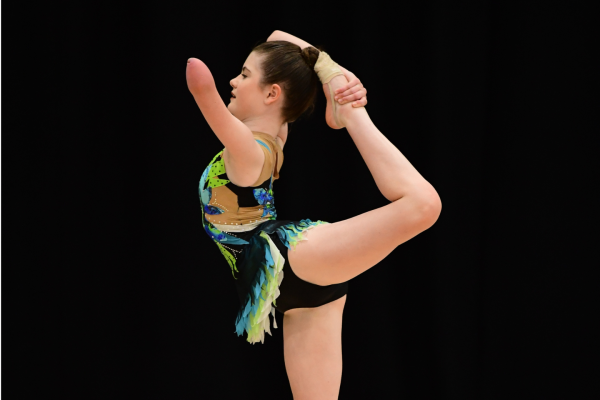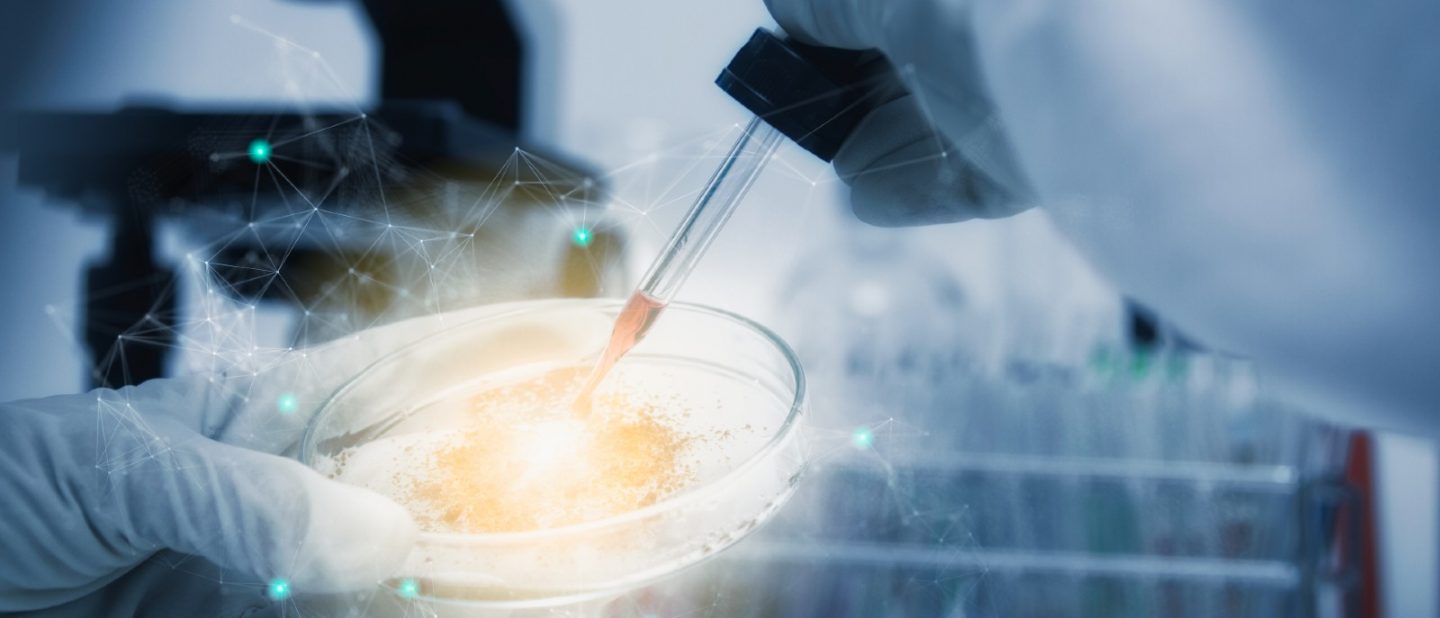
Cerebral palsy under the microscope
By Rachel Williams
What does the future hold for stem cell research and what could this mean for people living with CP?
Stem cell treatments have been used in cerebral palsy research for the last 15 years. Experts now say more research trials are on the horizon, with the hope that they will progress new treatment options for those who need them the most.
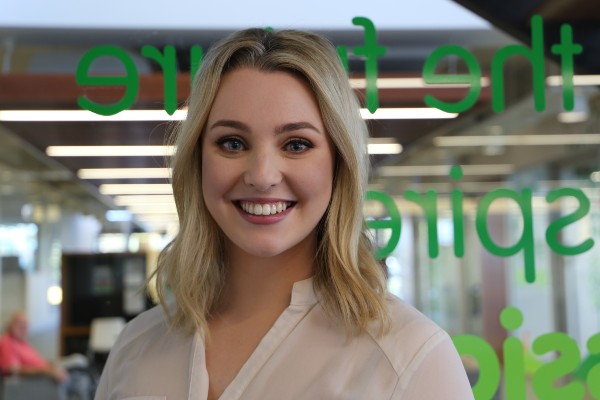
As a Research Fellow with the Cerebral Palsy Alliance Research Institute, Dr Madison Paton is excited about a future where people living with cerebral palsy may be offered the option of stem cell treatments. And fast-forwarding this for some via the conduct of essential research, is a crucial next step that Dr Paton and her colleagues are determined to achieve.
Dr Paton has been a researcher in the field of stem cells and regenerative medicine for more than eight years.
“My early work began in the lab, being hands-on with cell therapies, and testing new treatment strategies to reduce brain injury that may lead to cerebral palsy,” Dr Paton explains.
“I was involved in some incredibly interesting projects, where I was looking for cell therapies to help treat birth asphyxia, preterm birth, and infection during pregnancy. I moved from the lab to the Cerebral Palsy Alliance Research Institute in 2018, after completing my PhD. Here, I use all the information
I learnt in the lab to help design new human research.”
Dr Paton is following in the footsteps of researchers who have been working in the field for decades, and she can see there is potential for their work to soon start helping those who need it most.
She says there are many research projects currently underway into the many different types of stem cells, with each project working in a slightly different way.
“We currently work on projects to progress both treatments and cures for cerebral palsy,” she explains.
“So far, the most well researched stem cell treatment for cerebral palsy is umbilical cord blood. Research to date has indicated it is safe, and when provided in conjunction with rehabilitation therapies, can offer a small increase in motor function improvements than seen from rehabilitation alone.
“Though small, it’s important to understand that these changes may create big improvements in the quality of life for someone living with cerebral palsy.
“We are now working to design a large human trial to treat children with cerebral palsy with donor umbilical cord blood.
While the timeline for this trial is still unknown, once established, the Cerebral Palsy Alliance Research Institute hopes to recruit people from many sites around Australia.
“We are also interested in targeting early brain injury, like stroke, using neural stem cells to help regenerate the brain. Neural stem cells are a unique cell type that may offer a cure in the future, so more research is certainly warranted. Alongside this work, we continue to conduct critical reviews of cerebral palsy literature, as well as creating surveys and communication pieces that help support all our efforts.”
Dr Paton says it’s a privilege to work in her area of expertise.
“I am so lucky to work in the field of stem cells and cerebral palsy. I initially started in research because I knew it would give me the chance to help answer real-world problems, and work on cutting-edge medical science. Plus, stem cells are so fascinating!
“Another big inspiration for my work, are the families behind my research. Early in my career, I would often meet with families who helped support us, while also raising vital research funds. These people had close and personal experience with disability, and it was their legacy to help uncover the next best treatment options for cerebral palsy. This is, and continues to be, my inspiration for being a scientist and researcher.
“My long-term goal is to enable access to evidence-based stem cell and regenerative medicines for those who need them. I hope that one day, this might mean there will be an entire suite of highly effective stem cell and regenerative treatment options for cerebral palsy.
“While stem cell therapies for other conditions have been in research for a long time, they are not yet approved for use in cerebral palsy. In fact, very few cell therapies are currently approved for use in Australia at all. Those that have been, are generally used for blood cancers. However, every step we take to invest more time and resources into stem cell research for cerebral palsy, inches us closer to the day where we can make these treatments available.
I am hopeful and excited for this future.”
LEON’S STORY
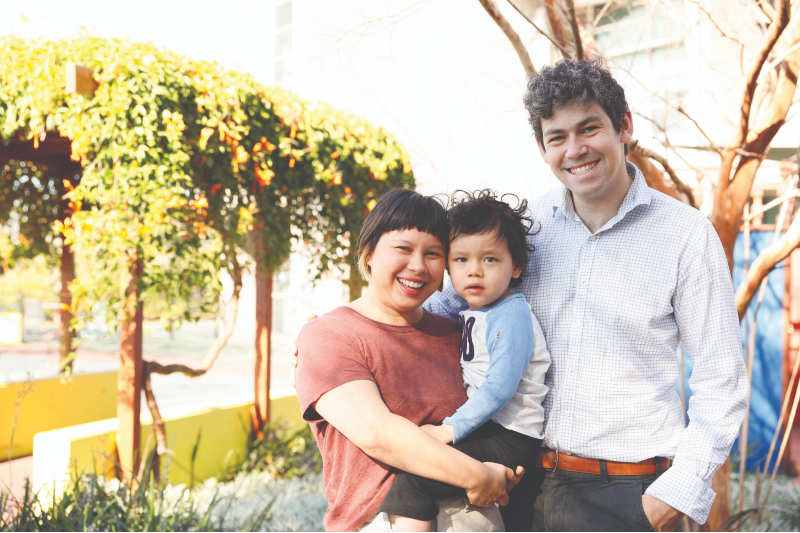

For Leon Szonyi, stem cell therapy is an unknown quantity, but one that his family would be receptive to trying.
Leon was diagnosed with cerebral palsy when he was 9 months old and has a 12-18 month developmental delay.
The four-year-old, from Chatswood in New South Wales, has coped with major health issues since he was around six months old.
His dad Adrian recalls the horrific moment he and wife Hannah were told that Leon had Hydrocephalus and needed emergency brain surgery.
“He has had brain surgery six times to insert shunts, replace shunts, cleaning and finally an ETV, which is an incision in the brain to allow the fluid to flow out into his body,” Adrian explains.
“As a result, he has hemiparesis which means he has limited mobility on his left side. There is no treatment for his brain damage other than therapy and early intervention will hopefully help strengthen his muscles and he will learn how to use his left side more.”
Leon can walk with a frame but the goal is to have Leon walking and toileting independently before he starts school at six.
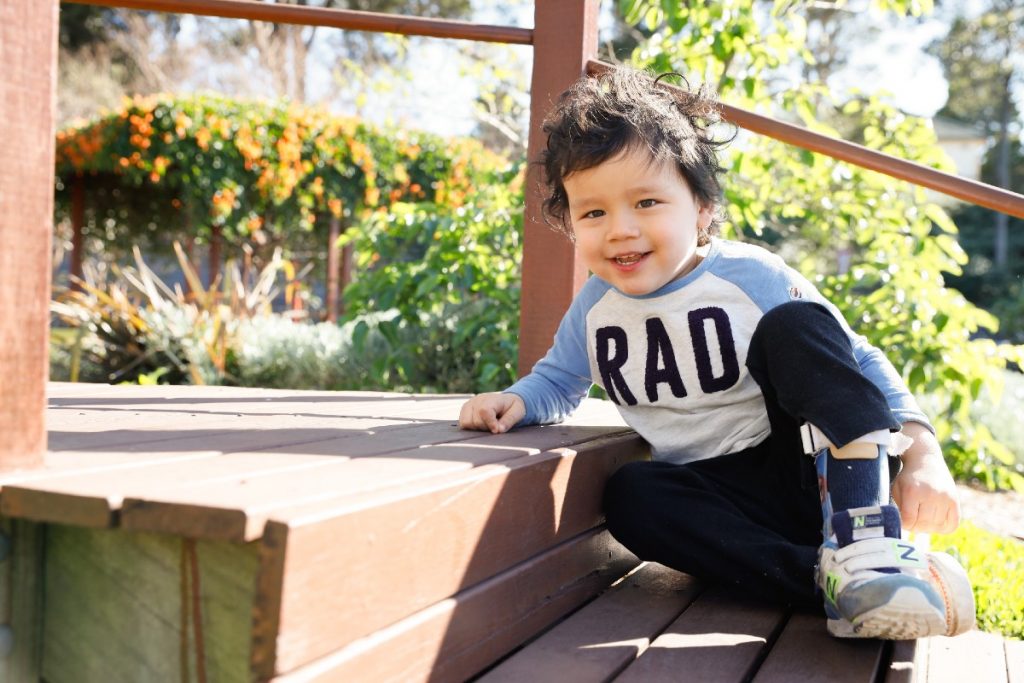

The family utilises the services of the Cerebral Palsy Alliance weekly – he’s had 10 weeks of private physiotherapy and is currently enrolled in a weekly three-hour Conductive Education program, to prepare him for school.
“It’s great because he gets to socialise with other kids with disabilities and we have found that to be very motivating for Leon.
“He always watches the other kids at his group therapy sessions and is very friendly with them. I have found this to be the most valuable therapy session we have done for Leon to date. He always seems well-behaved during the sessions, he tells us how much fun he has and he really looks forward to it which is a huge help for his development.
“Our physio, Erlyn, did a great job of using different toys to keep the sessions engaging for Leon and she really took time to listen to what he wanted to do and knew how to push him to do tasks he found intimidating.
“He’s come a long way with his walking and speech and we would love to see him walk to school without a frame and maybe even play sports with the other kids.”
Adrian says he’s open to the use of stem cells for Leon into the future.
“I haven’t really done much research into this but if it was recommended from our doctors or therapists for Leon and his development then I’m sure we would go ahead with it.
“I can’t really say personally what impact stem cells would have on Leon as I don’t really know myself. But if it was recommended and available we would do it.”
For more information about the current stem cell landscape, you can read Fifteen years of human research using stem cells for cerebral palsy: A review of the research landscape published here onlinelibrary.wiley.com/doi/10.1111/jpc.15329
To stay updated on research and interventions to support better outcomes for babies and children with CP visit cerebralpalsy.org.au



